One of the most ridiculous guidelines within the optical industry is that your face shape should determine what style of glasses look best on you.
Believe it or not, in response to “how to find the best sunglasses to fit your face”, there are countless magazine articles and blog posts that instruct consumers to look in the mirror and trace the outline of their face with a bar of soap. The claim is that this exercise will reveal a shape – either a circle, heart, oval, or square, and this shape will indicate what shape of glasses will look best on you. Dear reader – this is a complete waste of time and soap. Even if you try it, your soap outline will look like a crooked potato, I promise you.
Face SIZE (width), not shape, is the #1 most important data point to use when searching for a new pair of eyeglasses or sunglasses. It doesn’t matter if your face more closely resembles a square or a heart if the glasses are too big or too small for your face. Proportion is everything in beauty and fashion. Proportion and balance are determined by SIZE relative to each other, not the overlapping of two shapes.
The real question is – What size is your face? Figure that out first, and you’ll have factual data to help you find your next perfect pair of sunglasses or optical frames.
Steps To Find the best fitting glasses:
-
Measure your facial width. This is the distance from temple to temple (where glasses sit on top of your ears). As if you were able to draw a straight line through your head – we want the measurement to be a straight line between the two points, not a curve around your nose. Here are a few ways to get this measurement (in millimeters)
- Fancy: Use a caliper
- Lazy: Ask your ophthalmologist to measure for you.
- Resourceful: Use a ruler or measuring tape in centimeters. Look in the mirror, or have a friend help you. Hold the measuring device level, right below your eyes towards the top of your nose. Measure the temple-to-temple distance in centimeters and then convert to mm (multiply the number by 10).
- Clever: Measure the width, hinge to hinge internally, of a pair of glasses that fits you well. This should be close to your face width, and you’ll know glasses with this same width will also fit you.
- Relativity method: If your face is about same width as a standard can (coke, beer, etc) is tall: you have a narrow face (standard aluminum can is 122mm tall, narrow face is considered 115-130mm wide).
![]() 2. Now that you know your facial width in mm (should be a number between about 115mm and 160mm), understand that glasses within 5mm of this number will perfectly fit your face.
2. Now that you know your facial width in mm (should be a number between about 115mm and 160mm), understand that glasses within 5mm of this number will perfectly fit your face.
- Example: if your facial width is 125mm, look for glasses that have an internal hinge to hinge width of between 120mm and 130mm. Of course, the ideal would be to find glasses that are as close as possible to your facial width.
- Some brands make it easy, some don’t. Usually, the size of optical frames are measured in a “lens-bridge-temple” measurement format. Ex: “55-15-140”. This means, to get the total width of the front of the frame, excluding any overhang outside of the lenses, you have to multiply the lens measurement by 2, and then add the bridge measurement. So, that would be 55*2 = 110, +15, = 125mm. the closer this number is to the measurement of your face, the better these glasses will likely look on you.
- At Memorí we make it easy and have an easy to read internal, “hinge to hinge” measurement. No math needed. We plot this measurement on a spectrum so you can see how this width fits. Example below of our Cat Eye frames.

3. Within your size width, find a style that suits your tastes. Shape and color of the glasses is up to you and will vary greatly based on preference. Once you find a few pairs that fit you, it’s easy to find one you like.
4. If you like it – wear it! Confidence is key.
Bonus Content;
Eyewear Industry nuances to understand:
-Brands typically measure in millimeters. Most luxury brands still popular today are European, and Europe uses the metric system.
-It is standard to list the lens width, bridge width, and temple arm width as 3 consecutive numbers. This code becomes the “size” of the sunglasses for most brands. Ex: “55-15-140”.
-The downfall of the code of 3 consecutive numbers is there is no way to tell how wide the frame is from the front view if there is a lot of extra frame material outside of the lenses, as would be on a CatEye style frame.
-Select brands offer multiple size options of the same frame. Unfortunately, this is not the standard and if a frame doesn’t fit, it is rare to be offered in a second size.

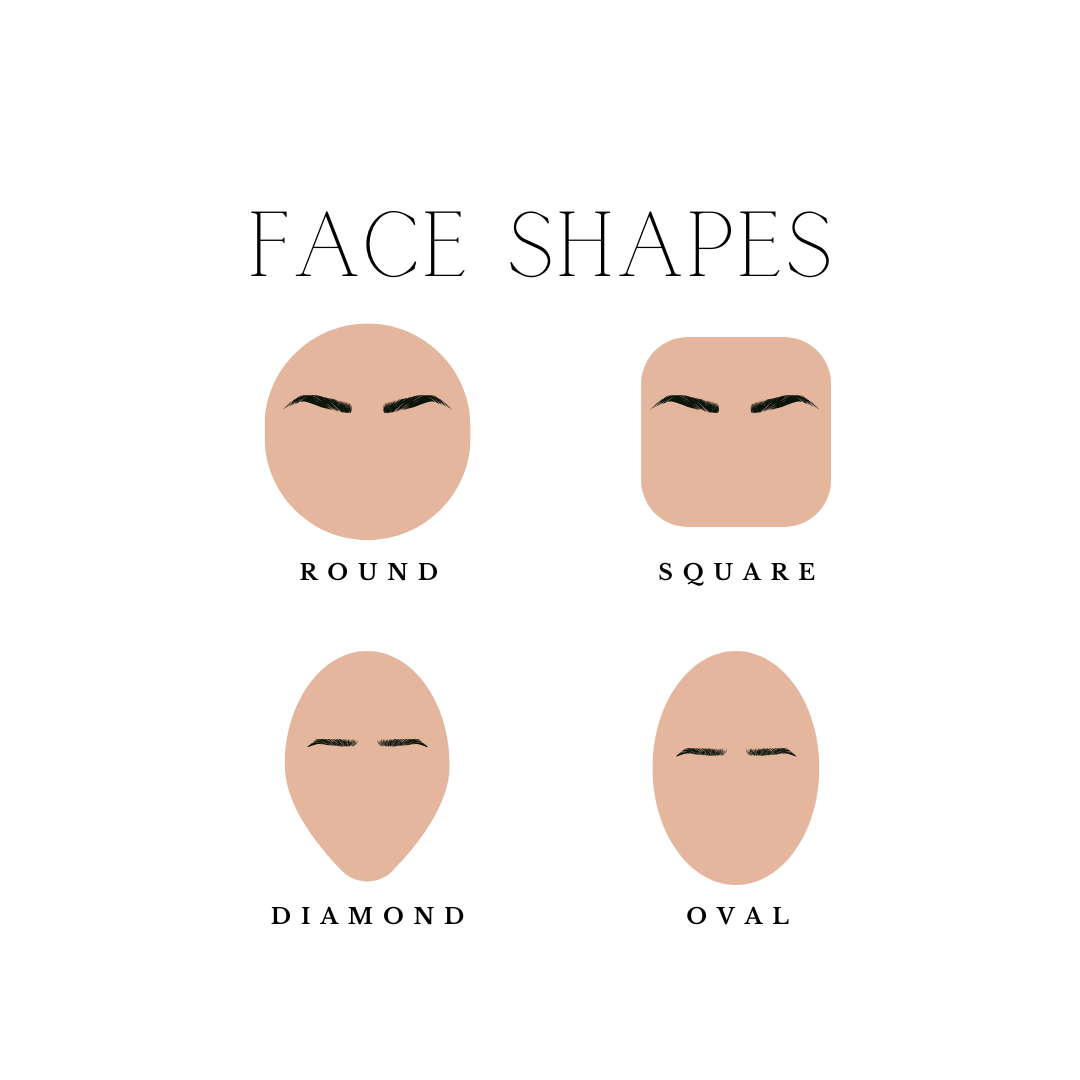
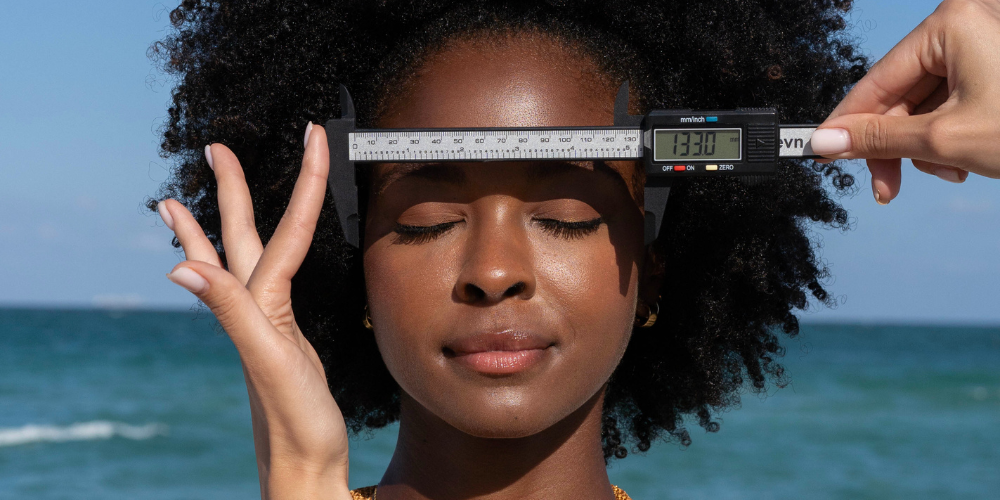


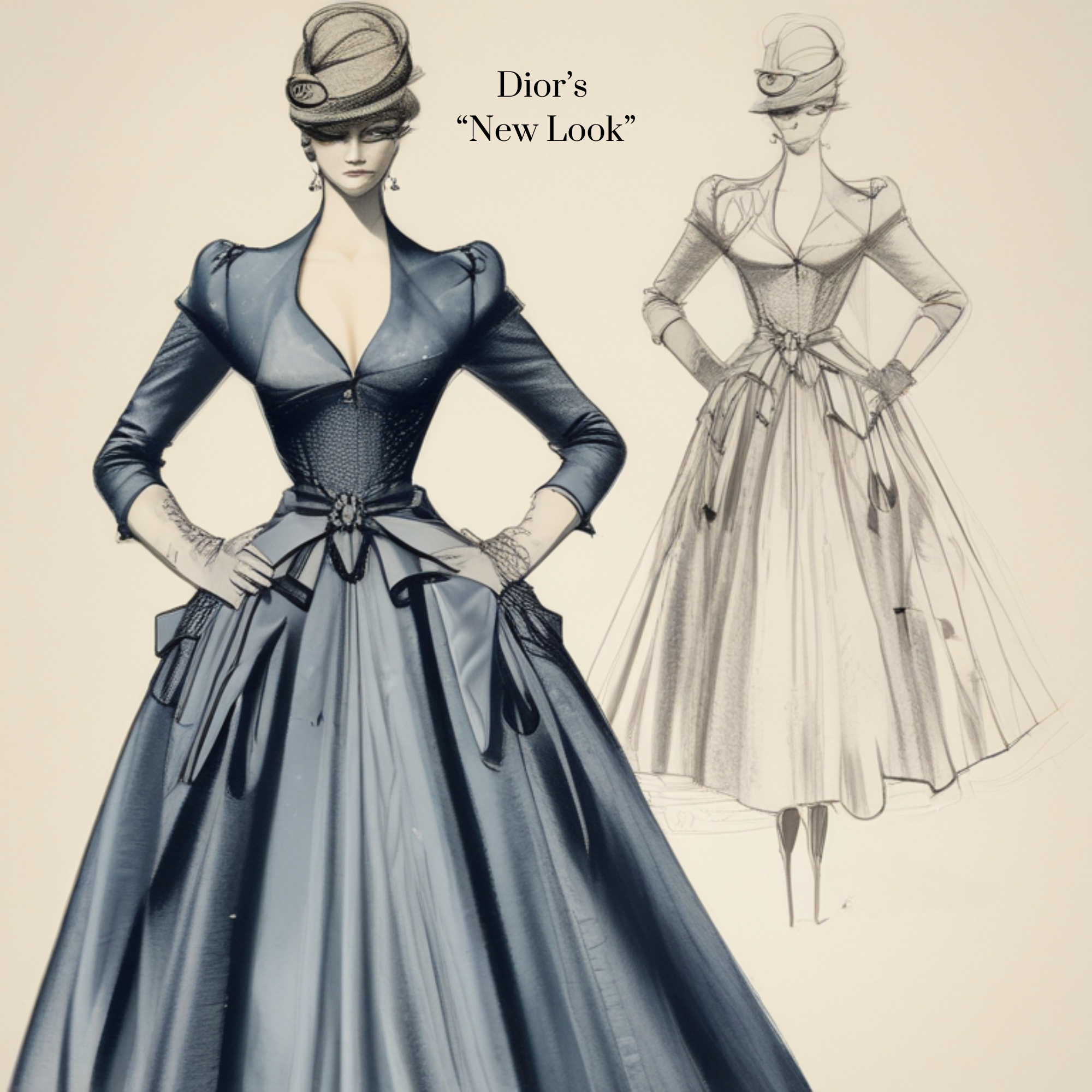
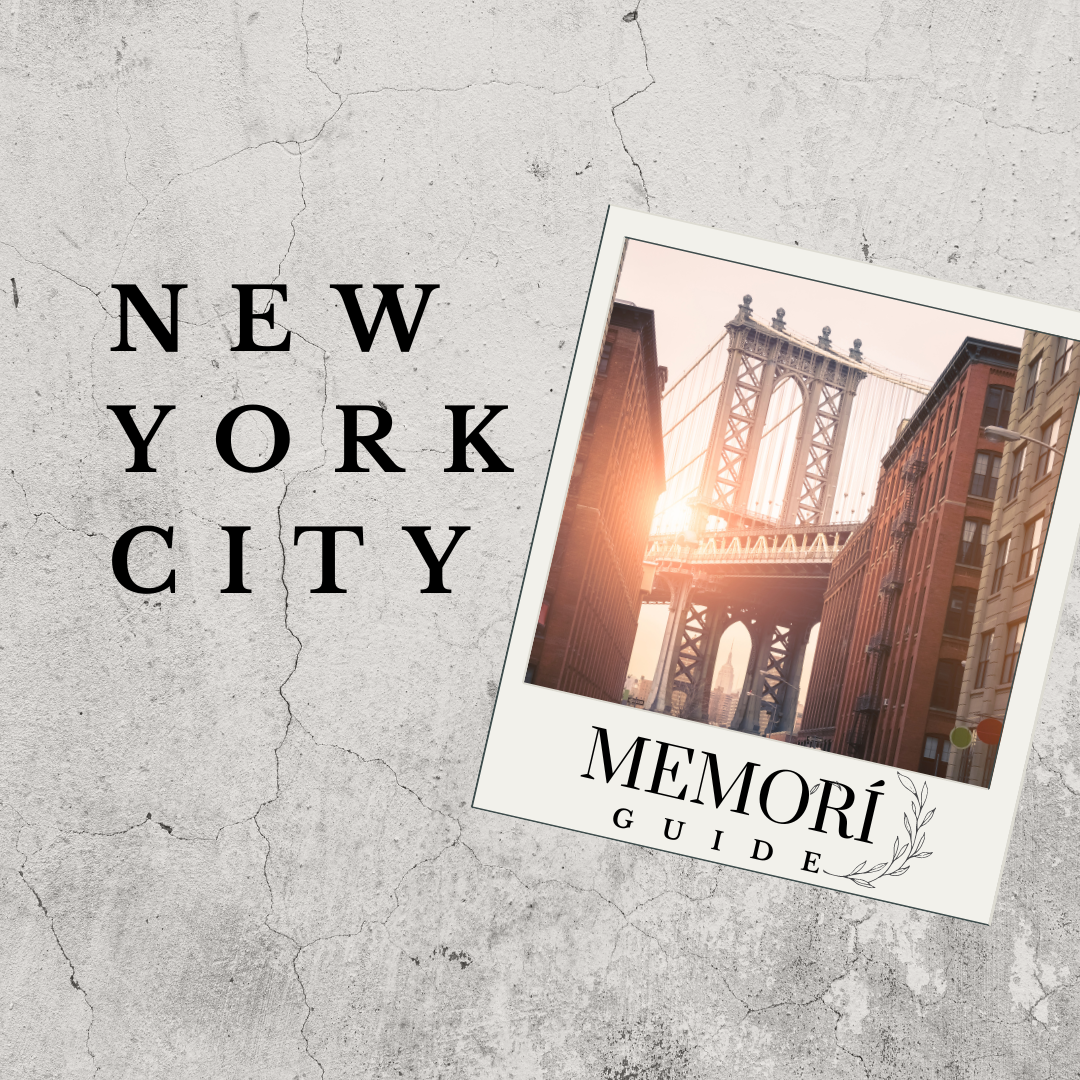
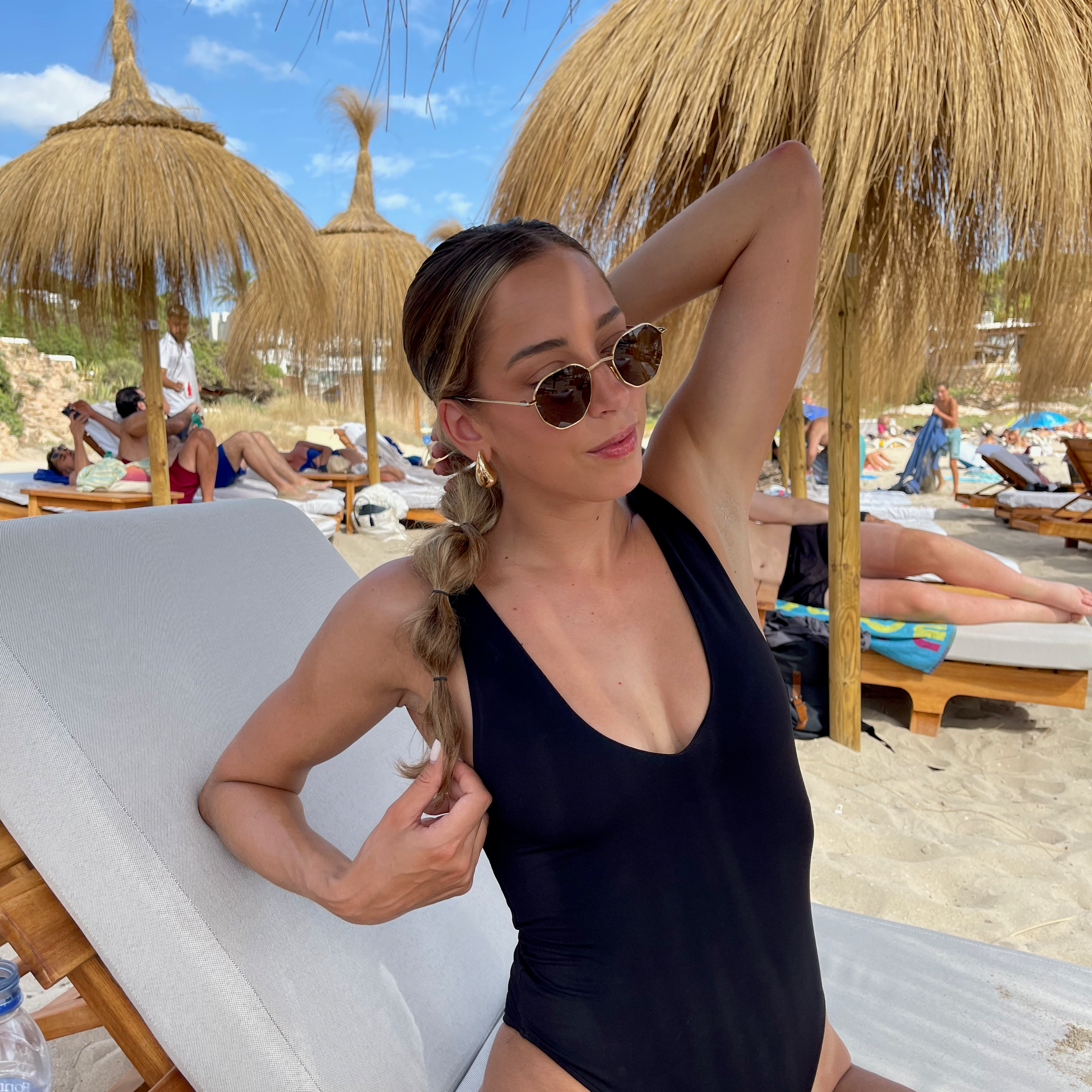
Leave a comment